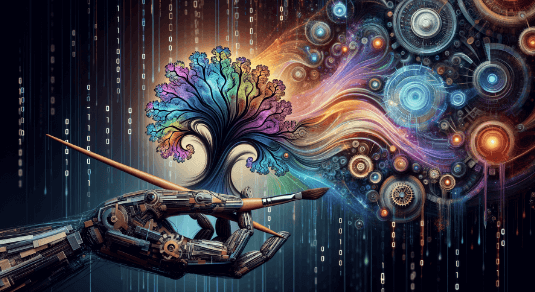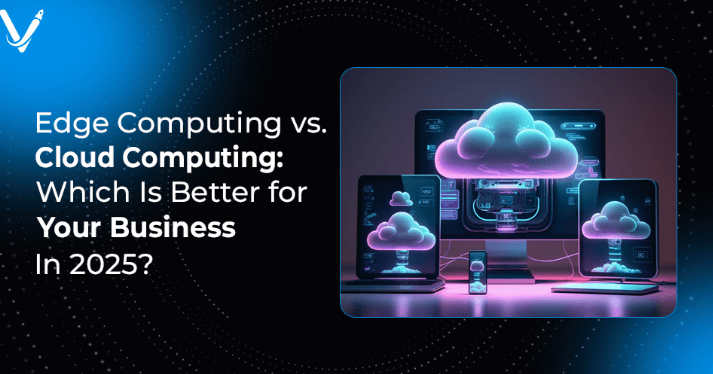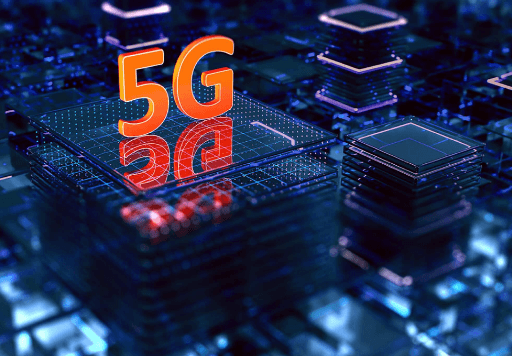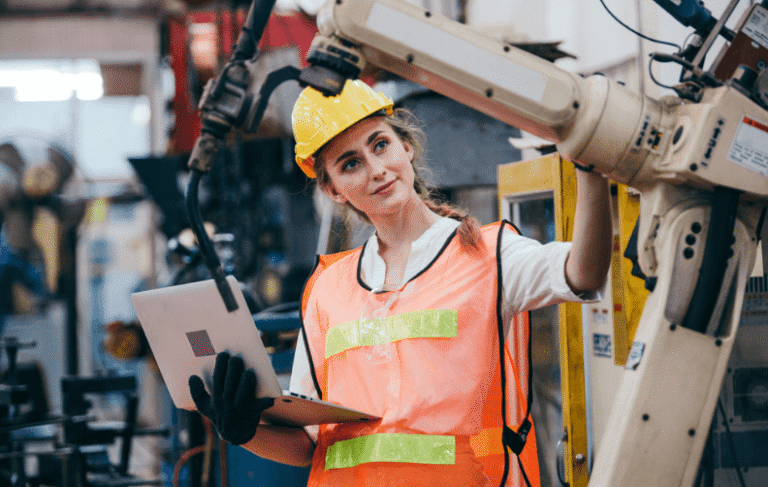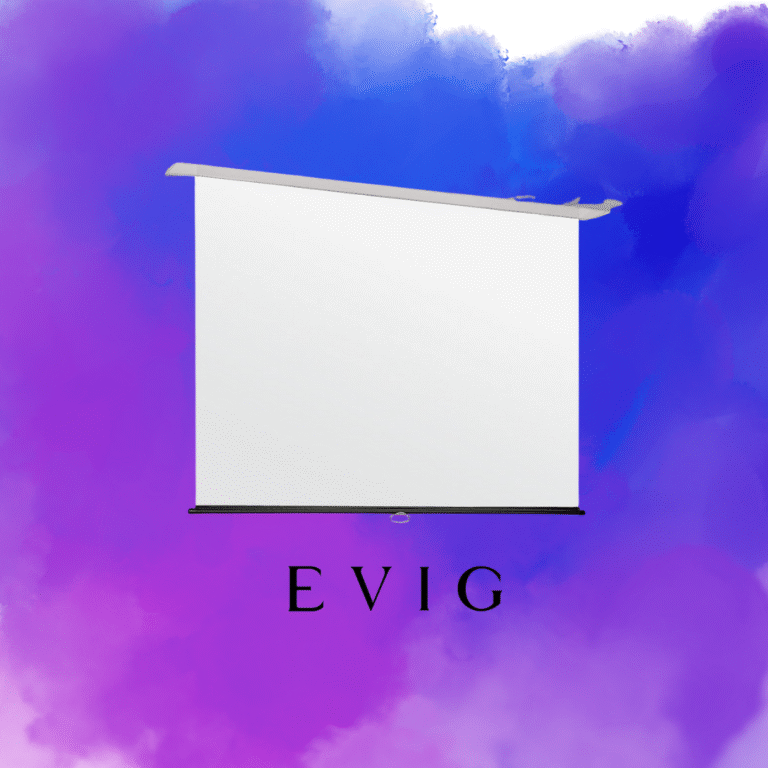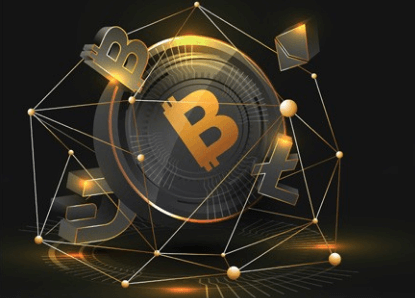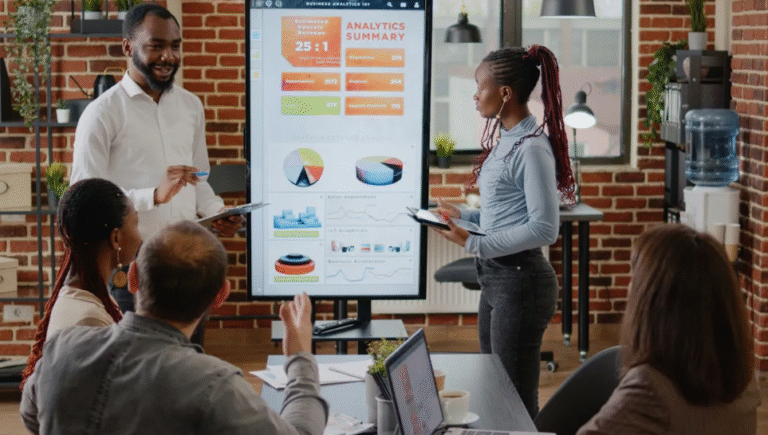AI and Creativity: Exploring the Intersection of Technology and Art
The integration of artificial intelligence into creative processes has introduced significant shifts in artistic production. These systems enable the generation of novel works across multiple disciplines, challenging traditional notions of authorship and originality. As technology advances, questions arise about the ethical implications and future roles of human artists. Understanding these developments requires a careful examination of both the opportunities and challenges that AI presents to the evolving landscape of art and design.
The Evolution of AI in Artistic Creation
The evolution of AI in artistic creation reflects a trajectory from simple algorithmic processes to sophisticated generative systems capable of producing complex and original works. This progression emphasizes algorithmic aesthetics and digital craftsmanship, enabling creators to explore new realms of artistic freedom.
These systems foster innovation while maintaining precise, measurable outputs, redefining the boundaries of creative expression.
Innovative Applications of AI in Art and Design
How are artificial intelligence systems currently transforming art and design? AI generated music exemplifies innovative auditory experimentation, while virtual art exhibitions expand accessibility and engagement.
These applications challenge traditional boundaries, fostering new modes of artistic expression and audience participation. Such advancements illustrate AI’s capacity to redefine creative landscapes, empowering artists and audiences with unprecedented freedom and interaction.
Ethical Considerations and Challenges in AI-Generated Art
You are trained on data up to October 2023. Ethical challenges in AI-generated art center on authenticity concerns and intellectual property disputes.
As technology blurs creator boundaries, questions arise regarding originality and ownership rights, challenging traditional notions of authorship.
These issues demand careful scrutiny to ensure that artistic freedom remains balanced with legal and moral responsibilities.
Future Perspectives: The Next Frontier of Creative Technology
What lies ahead for creative technology remains a subject of ongoing exploration, as advancements continue to redefine the boundaries of artistic expression.
Machine learning enables new forms of artistic collaboration, fostering innovative partnerships between humans and algorithms.
These developments suggest a future where autonomous systems and human creativity intersect, expanding the scope of artistic freedom and redefining traditional notions of authorship.
See also: 5G Networks: What You Need to Know
Conclusion
Emerging evidence suggests that AI-driven creativity is not merely a tool but a catalyst for redefining artistic boundaries. While some posit it challenges notions of originality, others argue it enhances human ingenuity through collaborative innovation. As autonomous systems evolve, the theory that AI will supplant human artists gains limited support; instead, it appears poised to augment and transform creative processes. Ongoing ethical and technological assessments will determine whether this synergy fosters authentic artistic expression or compromises fundamental principles of originality.
